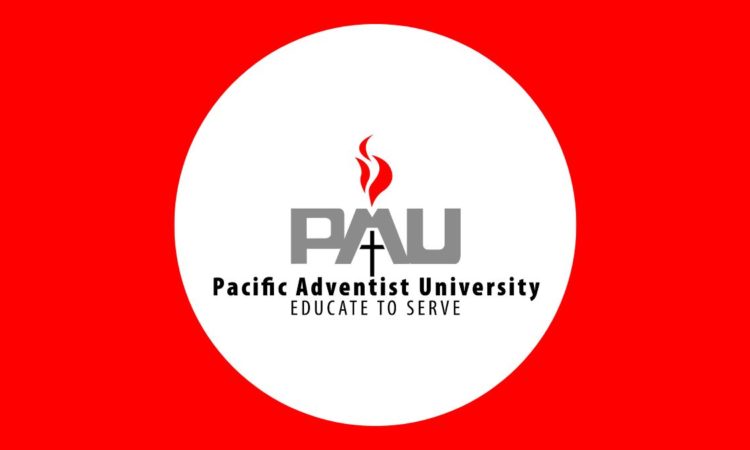Pacific Adventist University (PAU) is grappling with a pressing infrastructure challenge as the institution runs out of adequate lecture rooms to accommodate its burgeoning student population, according to The National.
Growing Student Numbers Stretch Facilities
PAU’s Vice-Chancellor, Ben Thomas, revealed that the university has effectively converted non-academic spaces — including the cafeteria — into teaching venues to handle the increased intake. “In order to fit all our students, we have included the cafeteria as a teaching venue from 9 am to 11 am, and 2 pm to 5 pm,” he confirmed.
Dormitory facilities have also reached capacity, with married-student housing applications currently being rejected due to unsuitable boarding infrastructure.
Expansion Strategy Underway
The university council has approved an ambitious plan to triple the institution’s size in the coming years, reflecting the surge in demand for higher education in Papua New Guinea. Thomas described the institution’s recent enrollment jump—from around 500 to 750 students, with expectations of about 830 including over 300 new entrants—as a sign of “unprecedented growth” in the PNG economy and education sector.
Funding and Support
At the opening of the academic year, the university received a significant K1 million cheque from the Planning and District Development Minister, Paul Tiensten, which the Vice-Chancellor said would be used to further reinforce infrastructure and support growth. He underscored that stakeholders including aid agencies, the church (Seventh‑Day Adventist Church) and sponsors were investing in what he described as “a smart, wise, fair, healthy and happy society by 2050.”
Implications and Next Steps
The acute shortage of lecture spaces is indicative of an education system under pressure as demand escalates. PAU’s decision to repurpose spaces and increase dorm occupancy may provide short-term relief, but to sustainably meet targets of growth and quality, significant investment in new buildings, classrooms, and student housing will be necessary.
For students, the situation means potentially crowded lectures and using unconventional teaching spaces which may affect the learning environment. For the university leadership, the message is clear: early, proactive planning is imperative. As Thomas put it,
We realize that early planning is imperative for success in meeting the challenges ahead.

